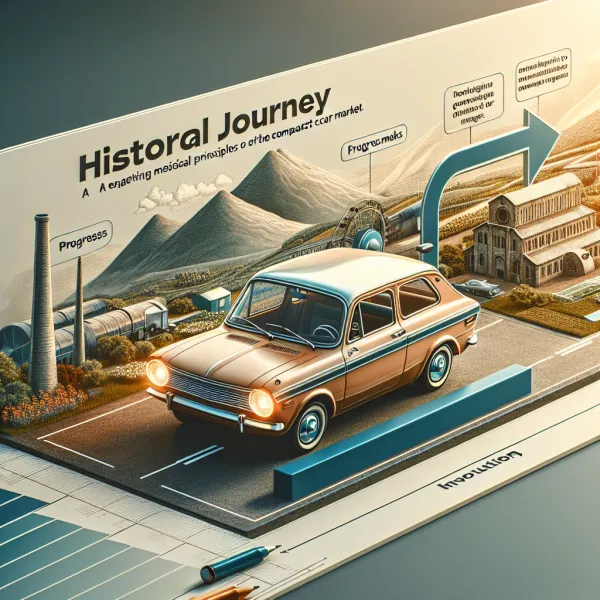The Rise and Fall of the Chevrolet Vega: A Revolutionary Compact Car
The Rise and Fall of the Chevrolet Vega: A Revolutionary Compact Car
The Chevrolet Vega, introduced in 1970, was General Motors' ambitious attempt to dominate the compact car market. Designed to compete with the growing popularity of imports like the Volkswagen Beetle and Toyota Corolla, the Vega was a bold move by Chevrolet to offer an affordable, stylish, and fuel-efficient vehicle for the masses. However, despite its initial promise, the Vega's journey was fraught with challenges that ultimately led to its demise.
The Vision Behind the Vega
In the late 1960s, the American automotive market was undergoing a significant transformation. Consumers were increasingly drawn to smaller, more economical cars, and GM recognized the need to adapt. The Chevrolet Vega was envisioned as a game-changer—a car that combined innovative engineering, sleek design, and affordability.
The Vega featured a lightweight aluminum engine, a unibody construction, and a modern design that appealed to younger buyers. It was marketed as a car that could deliver both performance and efficiency, making it a strong contender in the compact car segment.
Initial Success and Acclaim
When the Vega debuted in 1970, it received widespread attention and praise. Automotive journalists lauded its design and engineering, and it was even named Motor Trend's Car of the Year in 1971. Sales were strong in the early years, with buyers eager to embrace a domestic alternative to imported compacts.
The Vega was a car that promised to redefine the compact car market in America, said an industry expert at the time.
The Challenges Begin
Despite its promising start, the Chevrolet Vega soon encountered a series of issues that tarnished its reputation. One of the most significant problems was the aluminum engine, which was prone to overheating and premature wear. Additionally, the car's unibody construction made it susceptible to rust, particularly in regions with harsh winters.
Quality control issues at GM's Lordstown Assembly Plant further exacerbated the Vega's problems. Reports of poorly assembled vehicles and inconsistent manufacturing standards began to surface, leading to customer dissatisfaction and a decline in sales.
The Impact of the Oil Crisis
The 1973 oil crisis presented both an opportunity and a challenge for the Vega. While demand for fuel-efficient cars surged, the Vega's reliability issues made it less competitive against imports like the Honda Civic and Datsun 510. Consumers began to lose confidence in the Vega, and its sales continued to decline.
The End of the Road
By the late 1970s, it was clear that the Chevrolet Vega could not recover from its tarnished reputation. GM discontinued the Vega in 1977, marking the end of an ambitious but ultimately flawed experiment in the compact car market.
The Legacy of the Chevrolet Vega
While the Vega's story is often cited as a cautionary tale, it also serves as a reminder of the challenges and risks involved in automotive innovation. The Vega pushed boundaries with its aluminum engine and unibody construction, paving the way for future advancements in car design and engineering.
Today, the Chevrolet Vega is remembered as a symbol of both ambition and the importance of quality control in the automotive industry. It remains a fascinating chapter in the history of American cars, offering valuable lessons for automakers and consumers alike.
Conclusion
The Chevrolet Vega was a car that aimed to revolutionize the compact car market but ultimately fell short due to a combination of engineering flaws, quality control issues, and external challenges. Despite its shortcomings, the Vega's story is a testament to the spirit of innovation and the complexities of the automotive industry.
